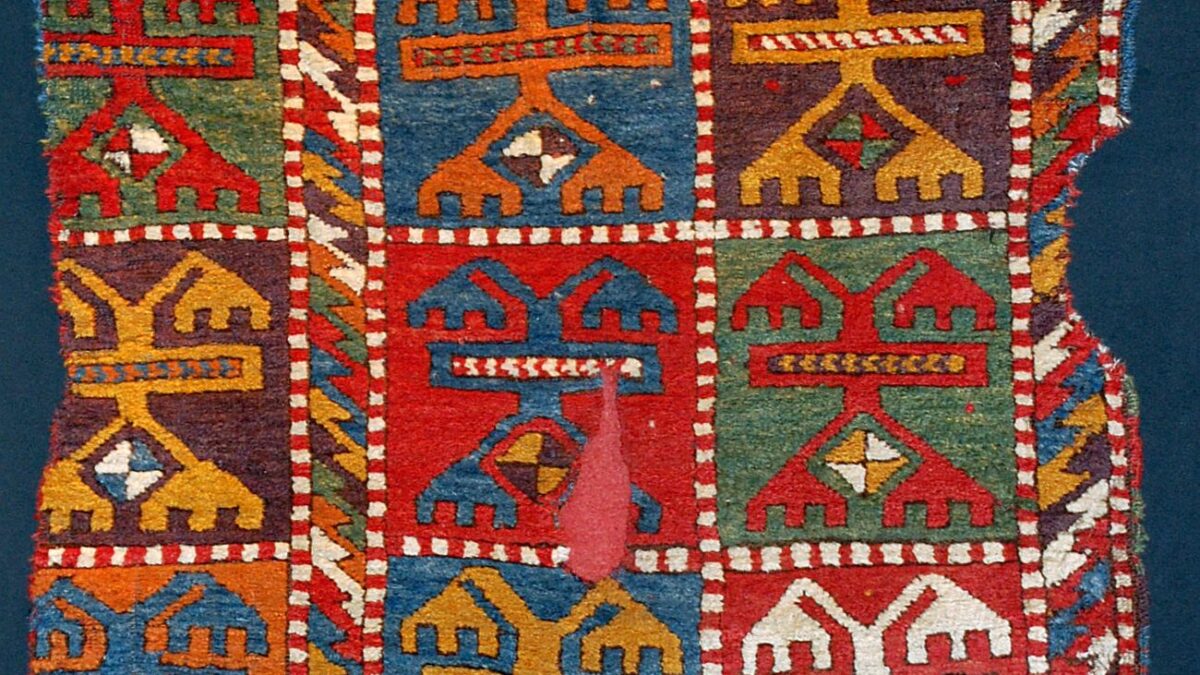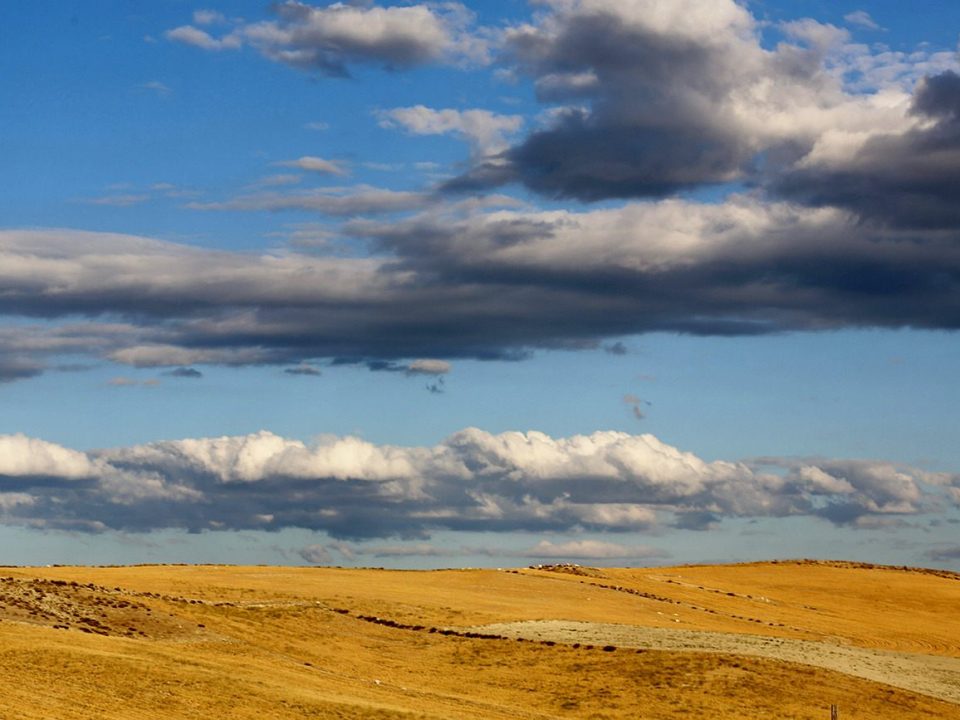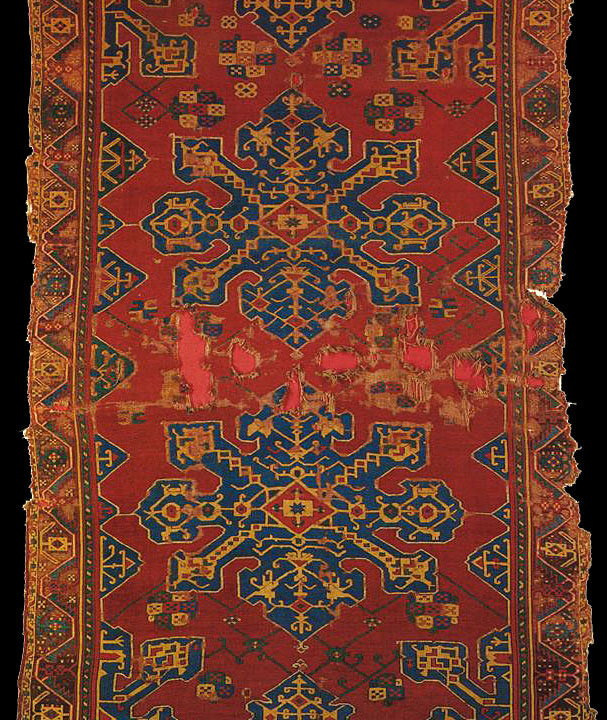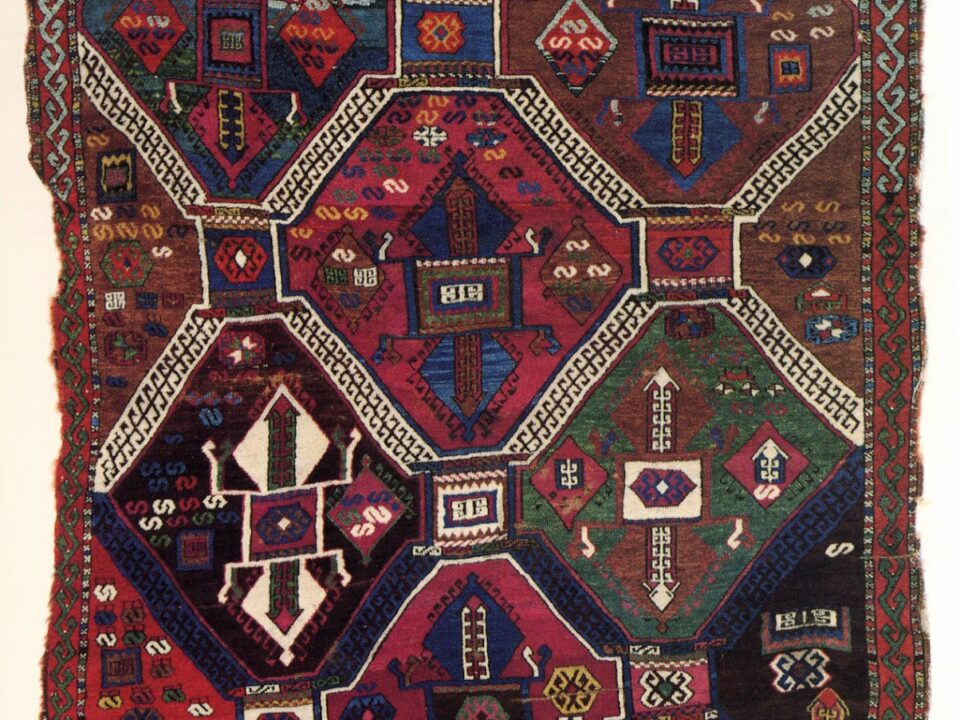
Handwoven Carpets of Turkey -1 Eastern Anatolia
November 19, 2020
Handwoven Carpets of Turkey -3 Western Anatolia
November 21, 2020Central Anatolia is another cultural and geographic area in which many centers of pile carpet weaving are accumulated. The area inhabited for approximately 10 millenniums had developed its own weaving culture by combining many social and ethnic layers of the population.
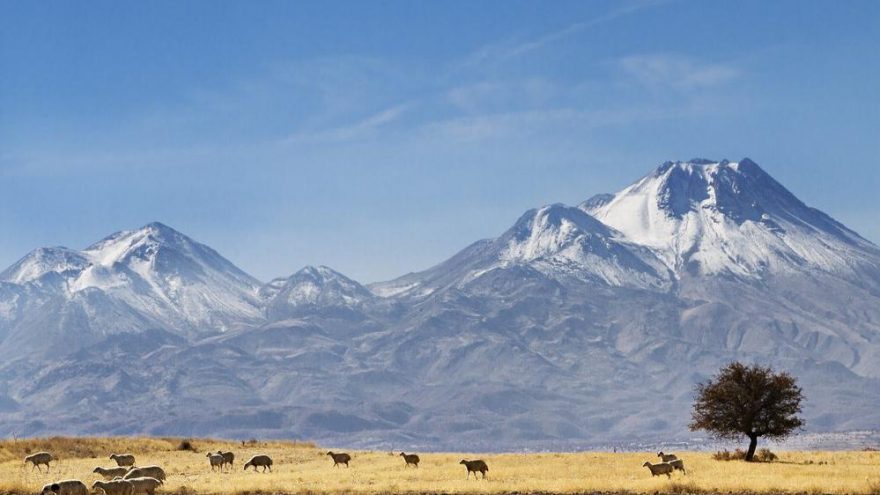
Hasan Dağ volcanic mountain near Konya city, Central Turkey
The area has the geographic boundaries based mostly upon the steppe climate seen areas beginning from the north-west of Eskişehir, passing over Ankara towards Çorum-Tokat area, coming until a sudden Elevation increase in the city of Sivas. Including Kayseri plateau, the area continues towards the south until the elevations of Eastern Taurus range passing over the north of Adana. The boundaries of the area continue towards the west going parallel to Central Taurus in the north of Mersin Antalya, and Isparta cities. Then the area steppes make a straight line towards the north from the area between Afyon – Konya, and Kütahya – Eskişehir.
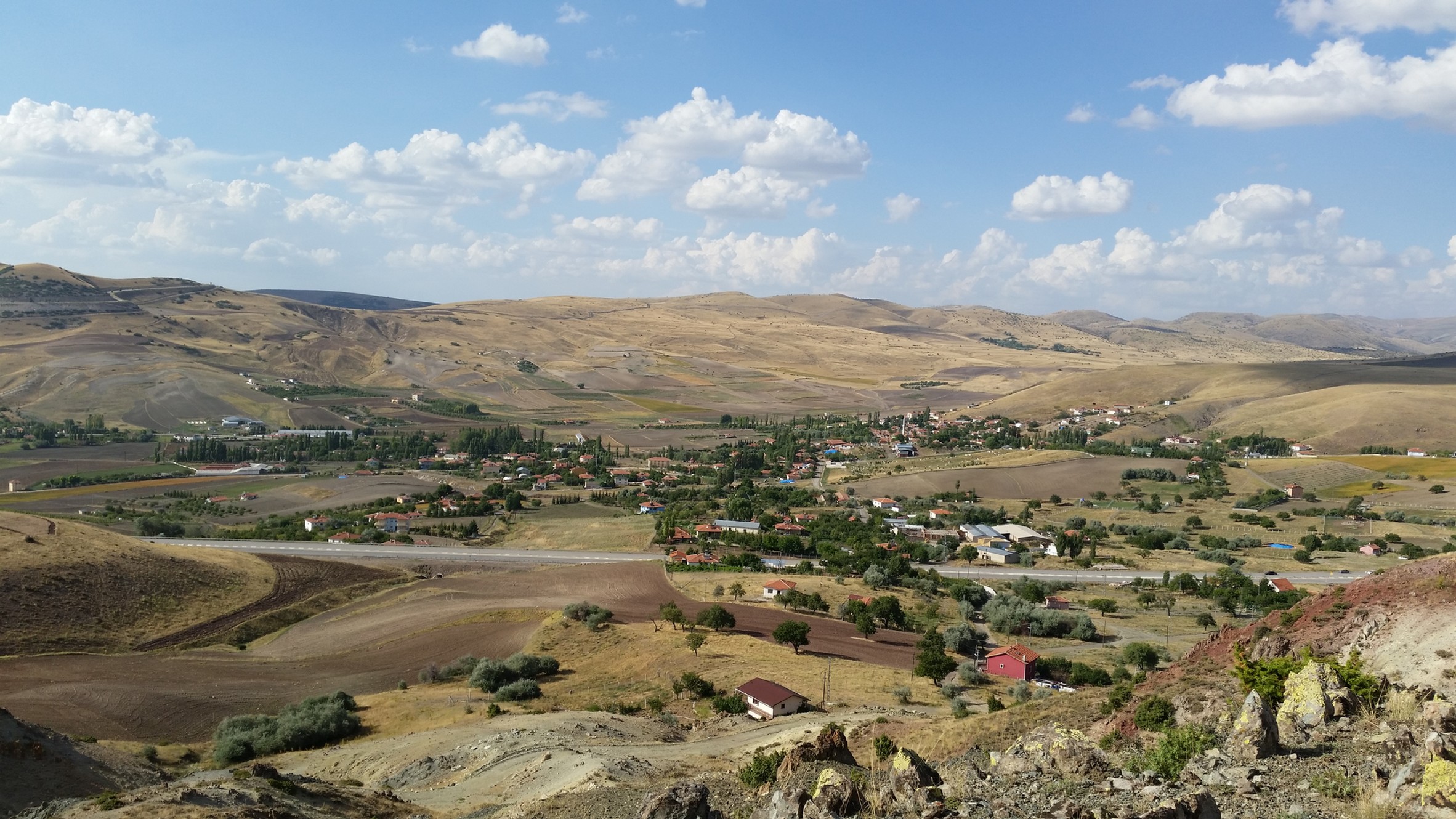
A typical central Anatolian village, nearby Çorum
The area of 1000 meters of average altitude is nearly fully covered by the steppe climate and the flora is green in early spring until mid-July. Then the grazing dries out and is generally yellow until the end of November. From that period until the next mid-March the area is covered with snow. The similarity of the area with the geography and climate of West-Central Asian steppes is surprising. So it is not a coincidence that Turkmen tribesmen had chosen the area as a base settlement for their civilizations on Anatolian Peninsula.
The earliest weaving found around the area is a plain weave of 10,000 years found in Çatalhöyük neolithic excavation center of Konya. The area has its own weaving culture and traditions until the time that Turkmen tribes had come to the area in the early 11th century absorbed the weaving traditions of the newcomers and made strong weaving centers during the history.
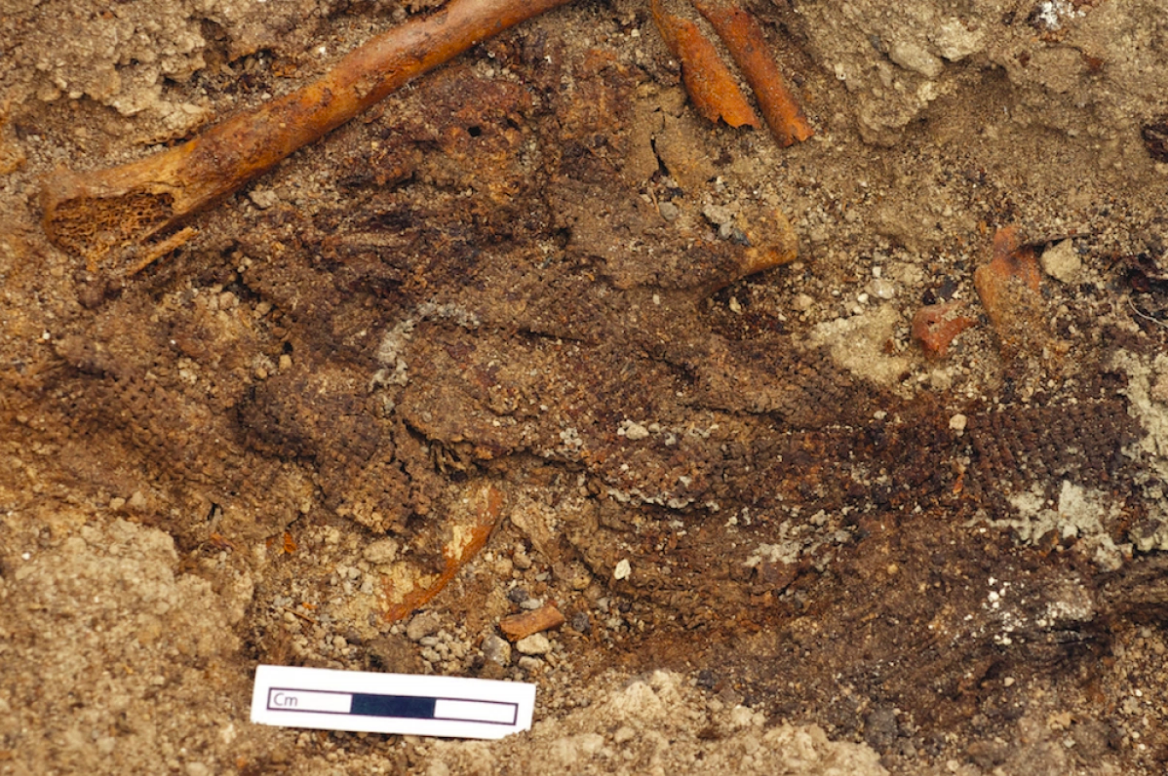
An ancient finding of a textile fragment Catalhoyuk/Konya
During the Seljuk era, the city centers such as Konya, Aksaray, and Kayseri have been subjected to city-based and state-controlled workshop weaving activities. The first Seljuk carpets produced in these workshops are coarse, rough, with few colors such as ivory, light yellow, light blue, and light madder red. They also had repetitive patterns spread in a frame form along the surface, which reflect the style of Central Asian Turkmen aesthetics, often seen in the surface of Municipal buildings, but also a non-shamanistic or non-symbolic figure to be used especially in Mosques where depicted objects were strictly forbidden. The main purpose of those coarse carpets was to cover the ground of municipal buildings of the newly founded state of Anatolian Seljuks. After the collapse of the Seljuk Empire, the local Vassal states of Turkmens who have more nomadic-shamanistic oriented lifestyles have risen in the area.
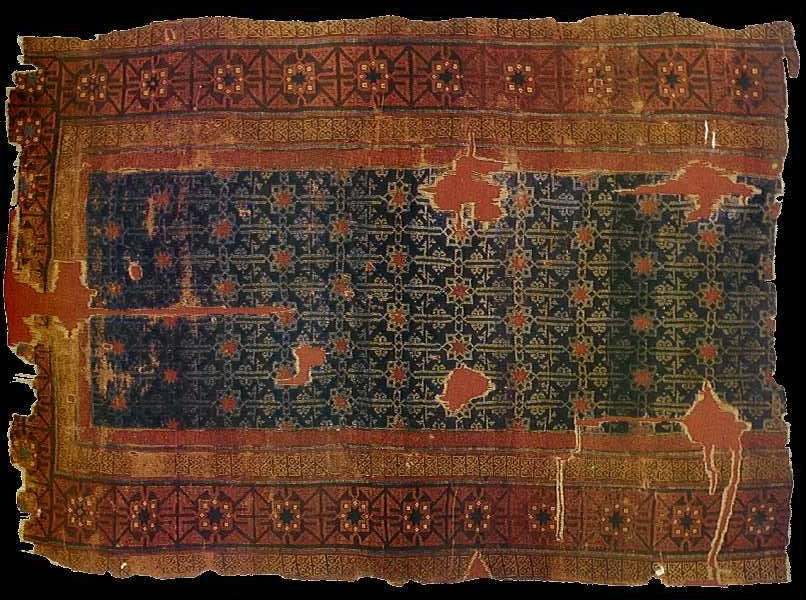
Antique Seljuk carpet, 13th-14th century TIEM collection
In the period of the 14th and 15th centuries, the nomadic effect over carpets has shown itself over the animal style and small-sized cottage or tent type of production, and at the same time finer workmanship which is caused by a non-commercial production of the rural people who weave the artifacts for their use.
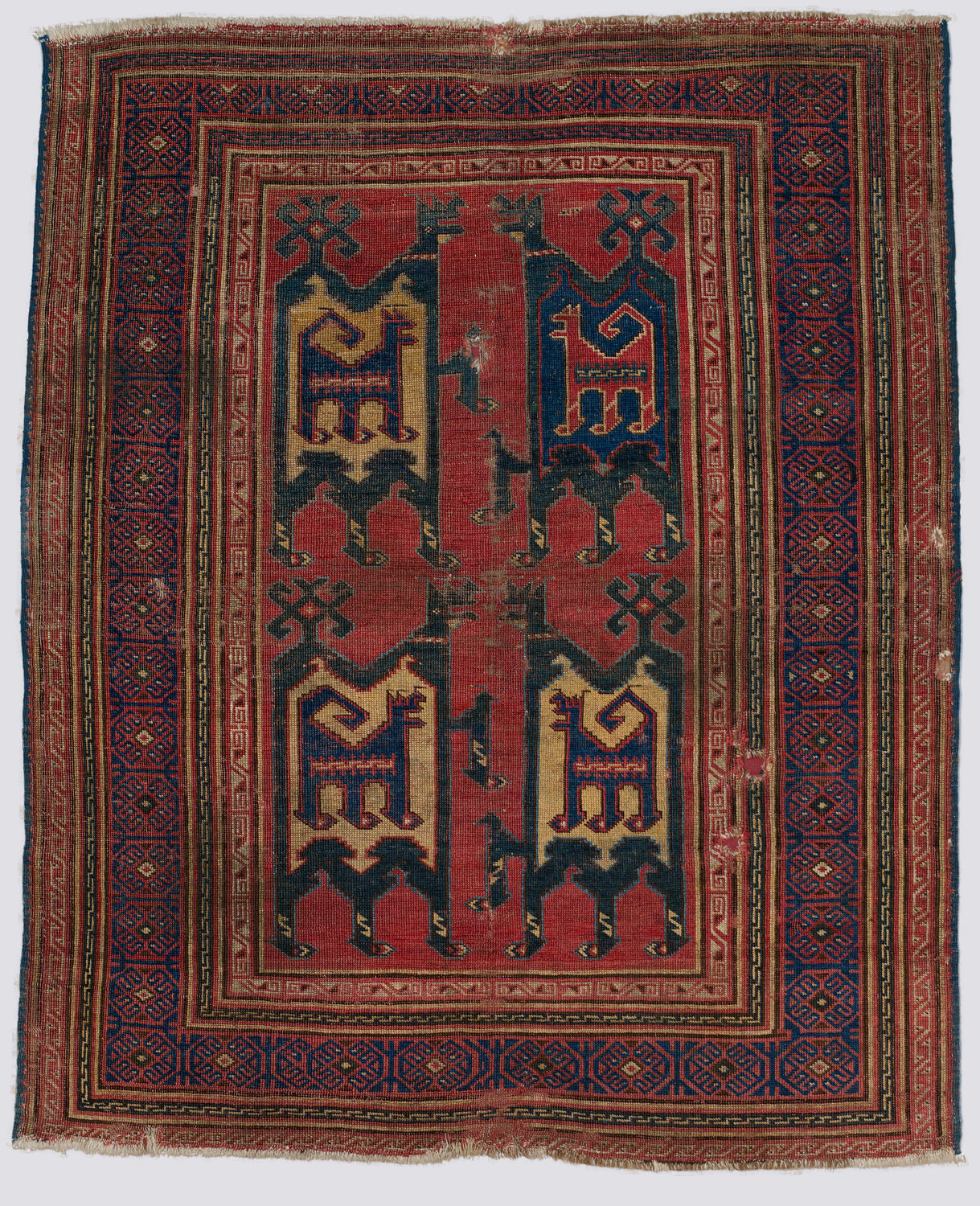
Turkish animal carpet, 14th century, Metropolitan Museum
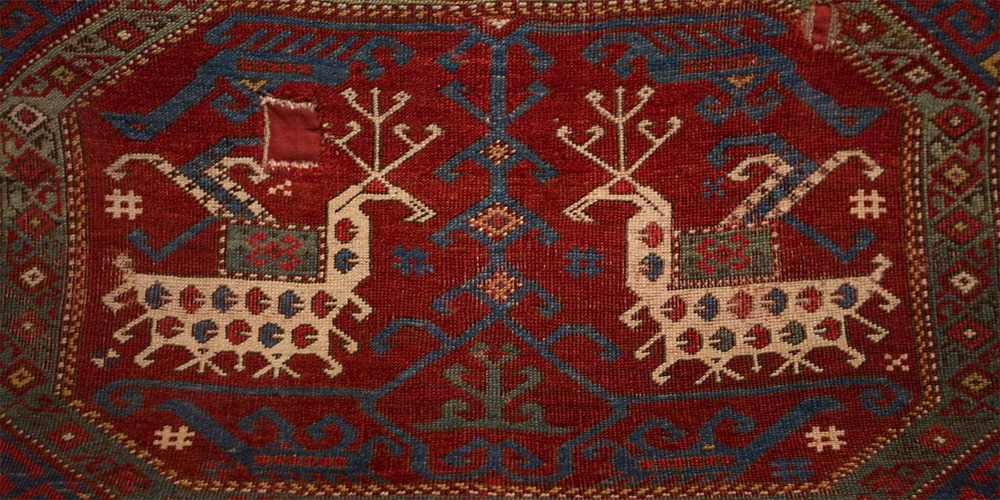
Detail of a 14th century animal style carpet, Central Anatolia, Vakiflar Museum
The 16th century has brought its dynamics to the area and Safavid- Ottoman competition in the Eastern Anatolia had affected the central Anatolia as being a new land for the Turkmen tribes who have been disturbed from the continuous political pressure of both states and who had decided to migrate to the western parts of the land which is the Central Anatolia. From the 16th century, we do see a more dense Turkmen influence on the weavings of the area.
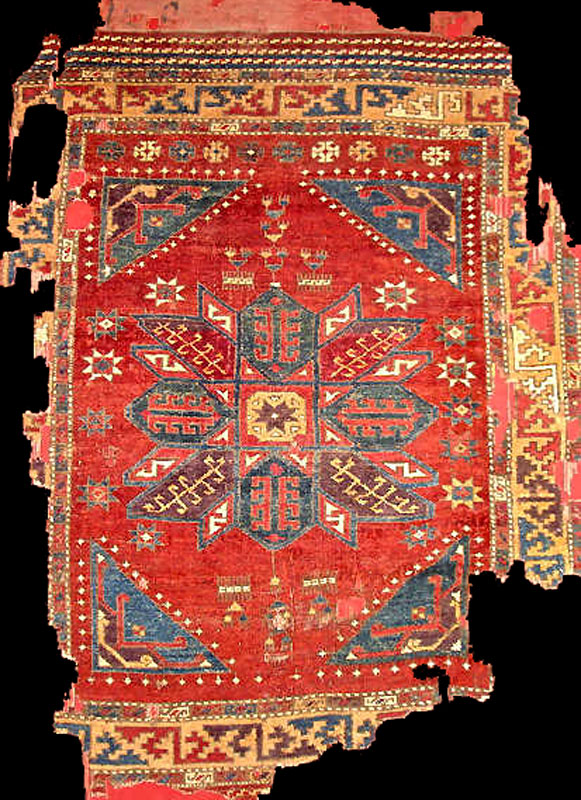
16th-17th century Central Anatolian carpet with “Crivelli type of pattern” and having a turkmen effect
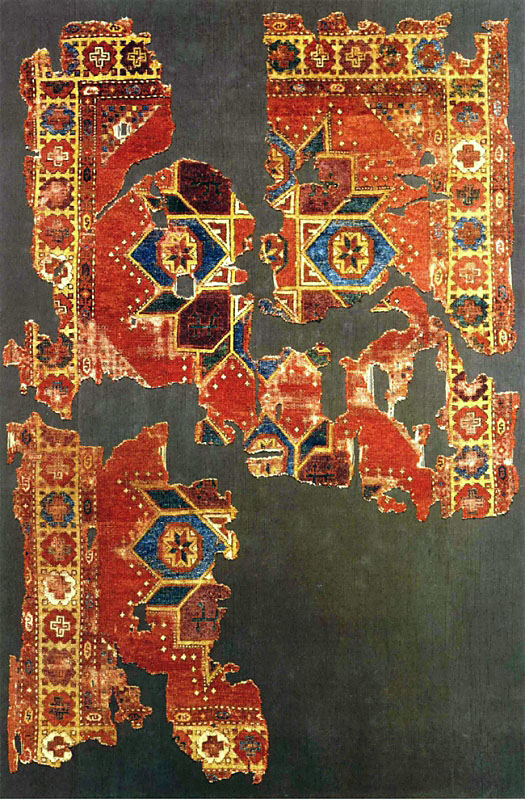
16th-17th century Central Anatolian carpet with “Crivelli type of pattern” and having a turkmen effect

17th-18th century Cenrtal Anatolian carpet most probably from Aksaray
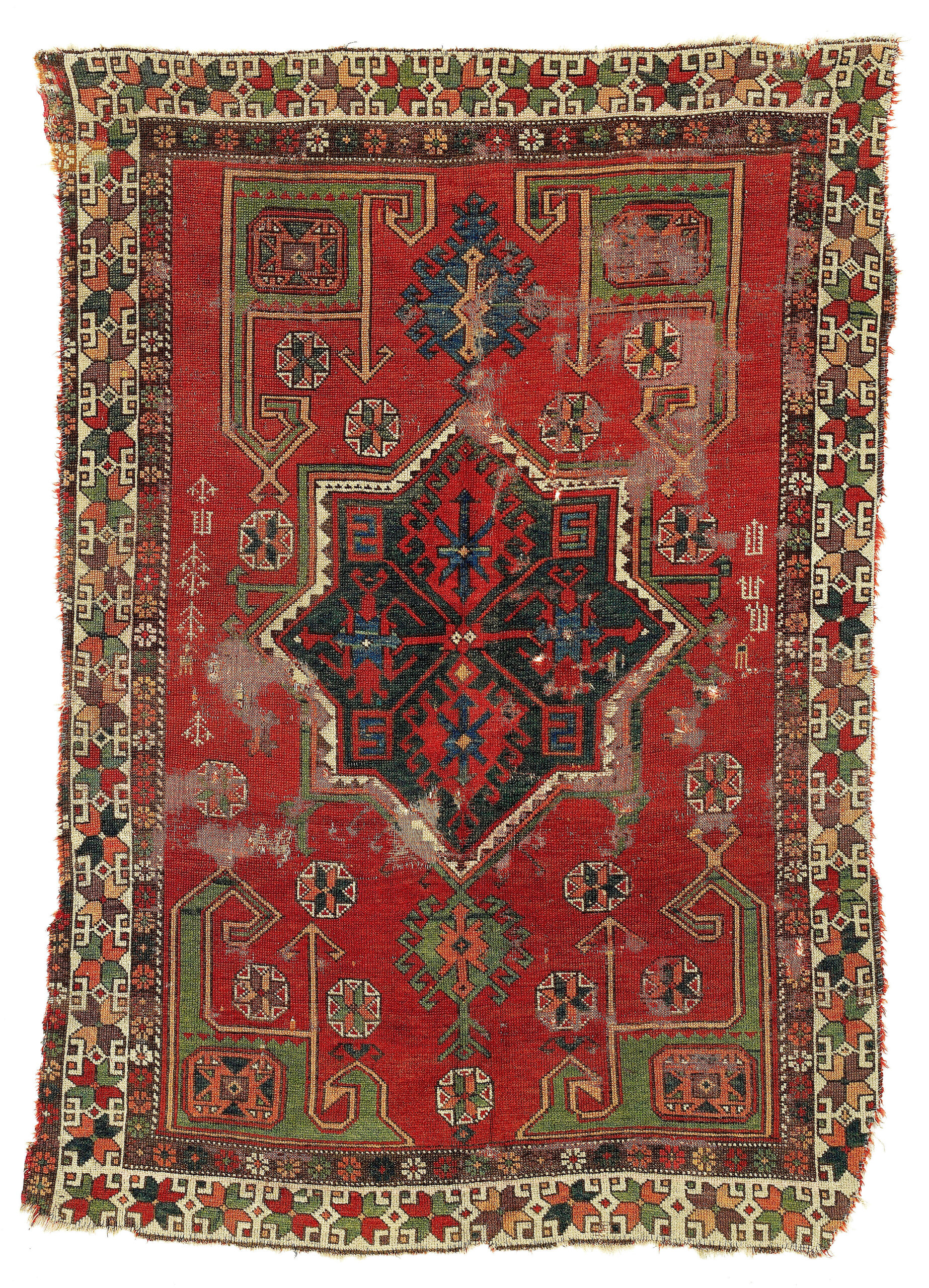
17th-18th century carpet from Konya, Central Anatolia
The important carpet weaving centers of the area have been forming their distinct pattern and color properties, somehow related to each other but different enough to build different weaving “schools”. Many centers around the city of Konya, such as Karaman, Ladik Konya City center villages, Kayseri, Aksaray, Niğde, Nevşehir, Cappadocia, Kırşehir, Eskişehir, Ankara, and districts around Ankara area are some important center.
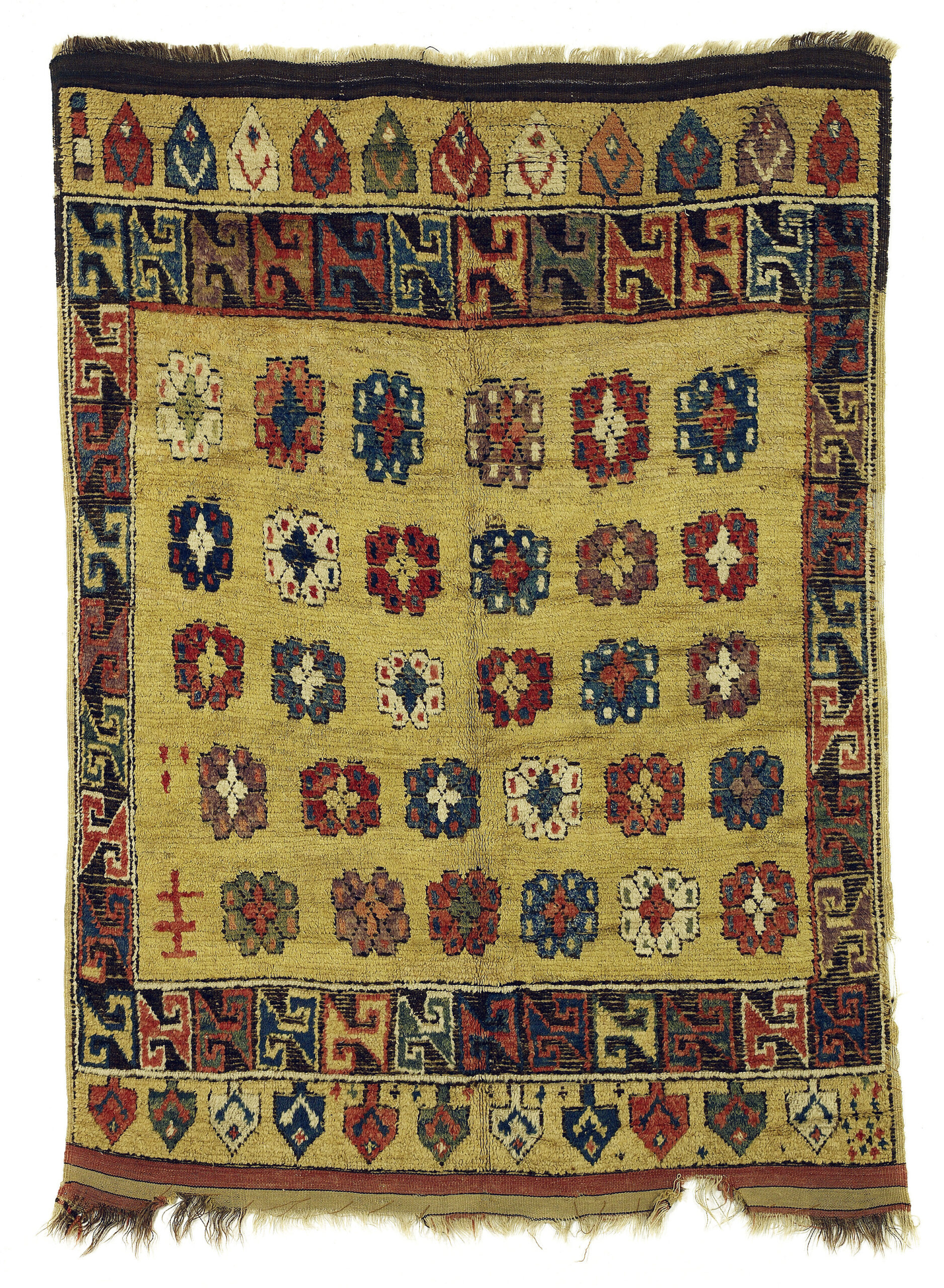
18th century yellow ground rug from Cappadocia, Central Turkey
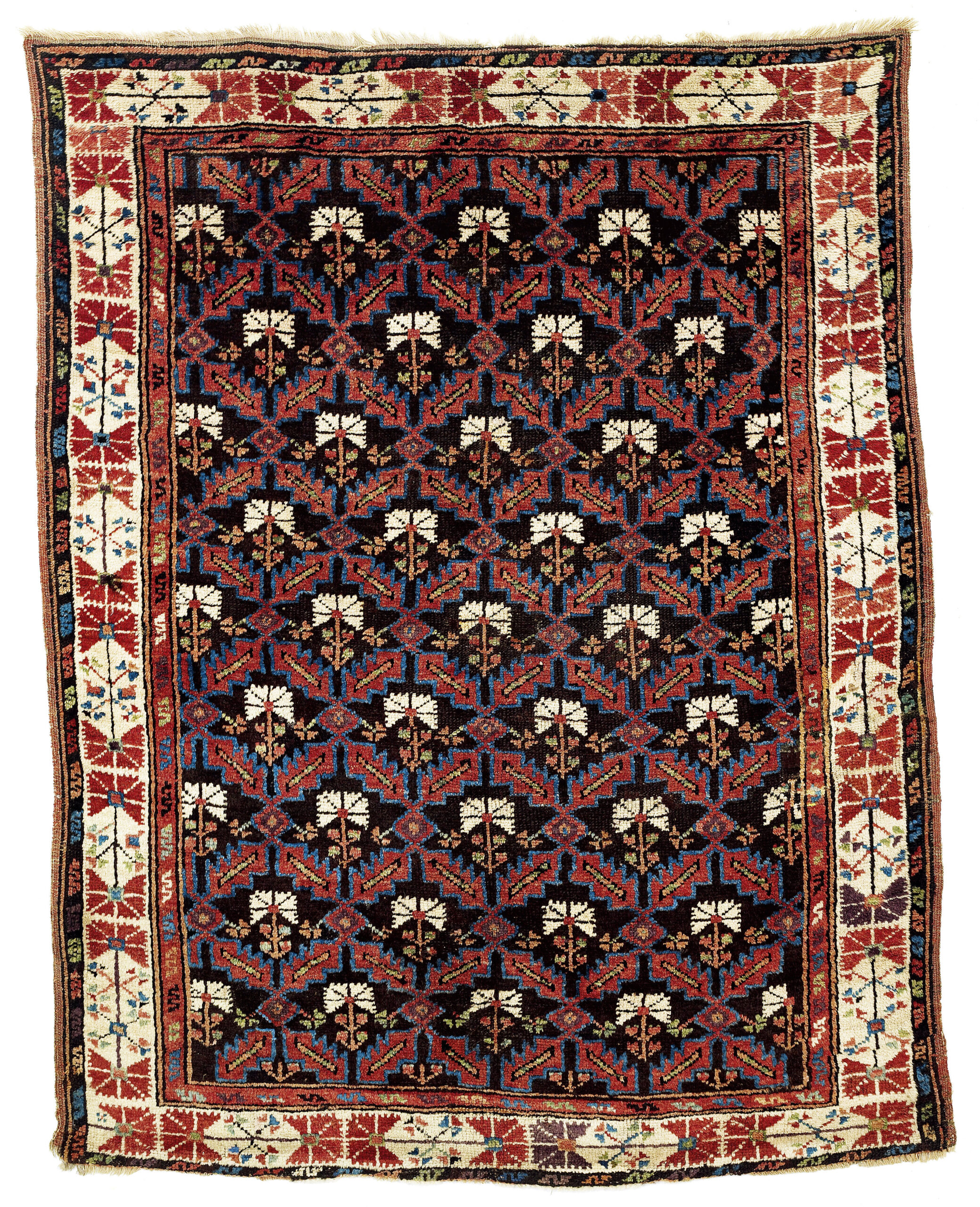
19th century Taşkale carpet from Karaman, Central Anatolia
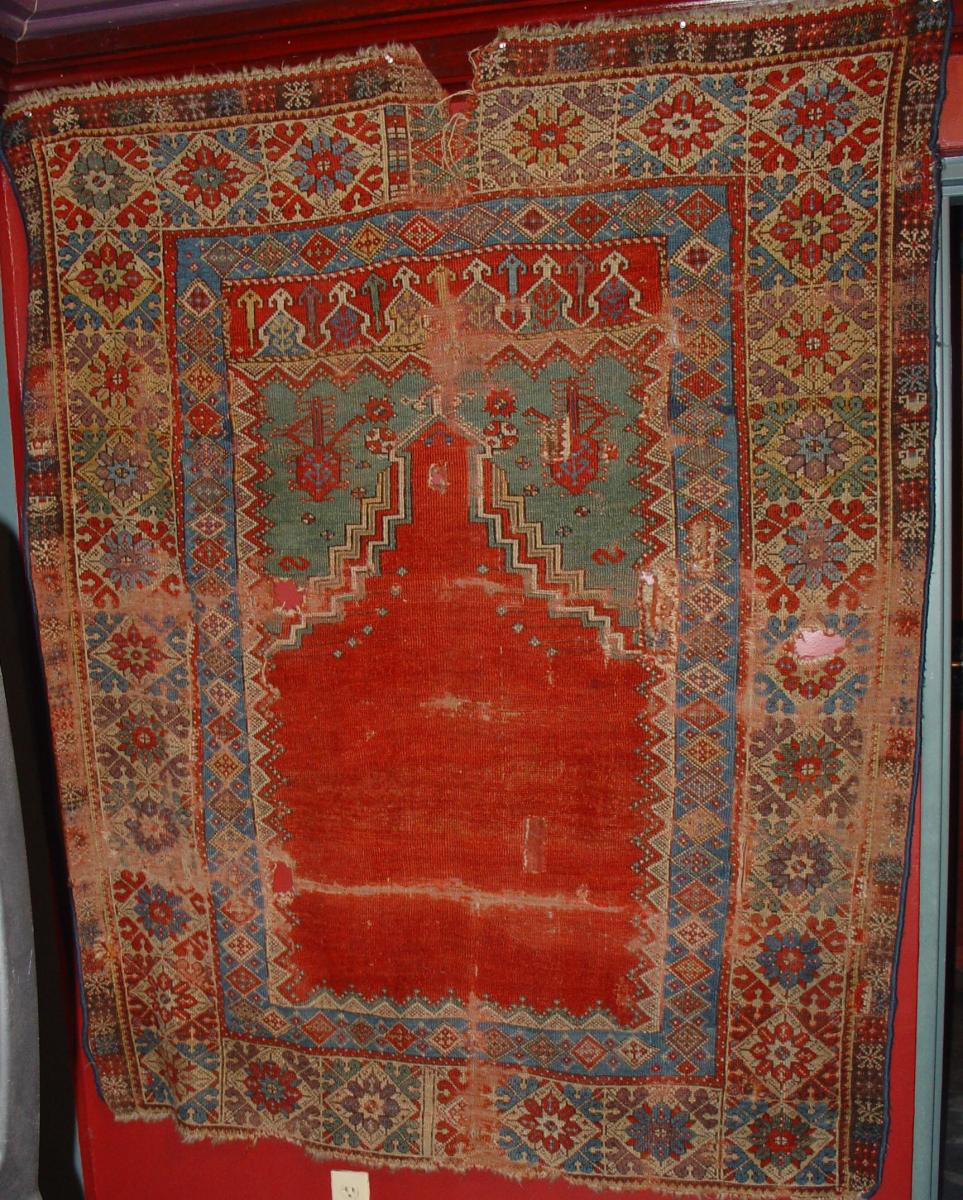
Mujur carpet early 19th century, Central Anatolia
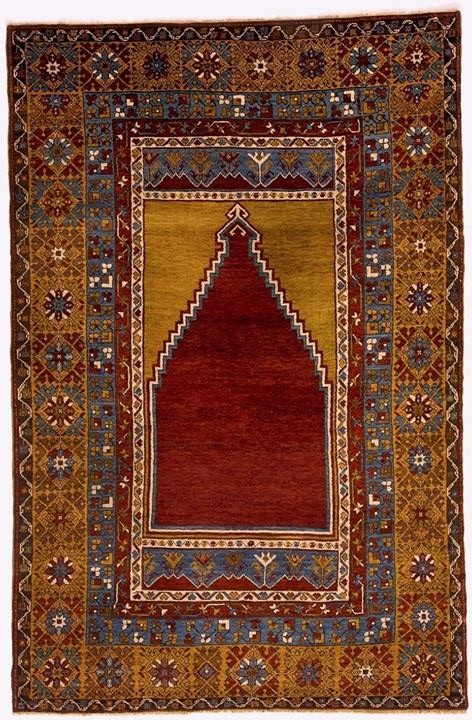
Zile Yahyalı carpet from Kayseri 19th century, Central Turkey
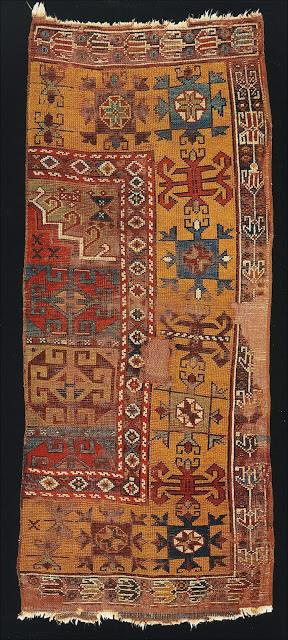
Antique Ladik/ Inlice Turkmen carpet Konya, Central Anatolia, early 19th century

Konya Cerpet, 19th century, Central Anatolia
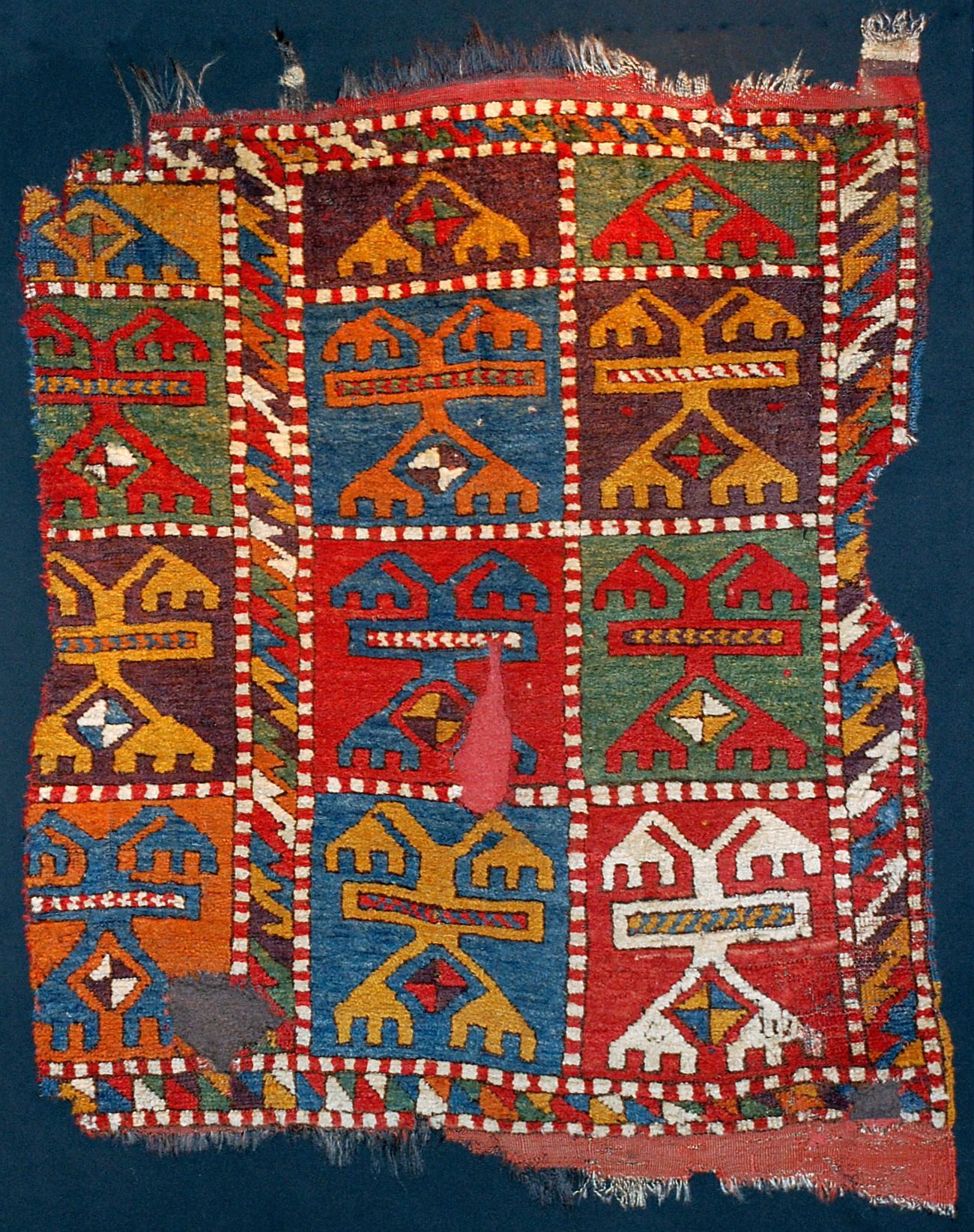
Konya Karacadağ-Işıklar carpet, with a special aubergine prurple, Early 19th century, Central Anatolia
The wool is half glossy, long and straight, half fluffy, and soft is being well mastered, separated, and used according to the property that it has, either as warp or as pile yarn. The colors are well balanced and combined, have mid-blood reds from madder, golden yellows, mid to dark blues duck head to grass greens, mid browns, and aubergine colors as the characteristic colors of the area. The weave is fine, flat without depressed warps, and supple.
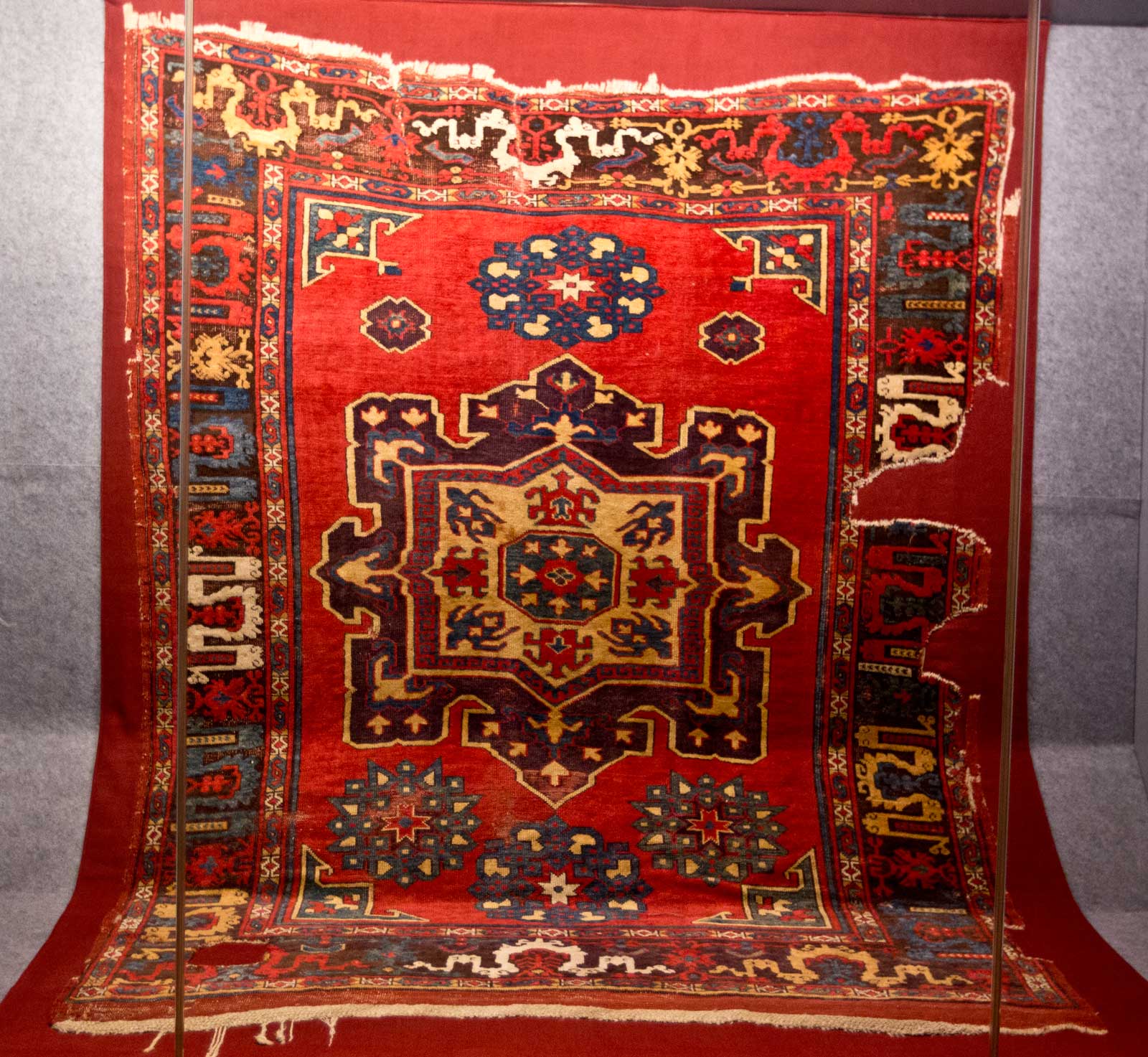
Early Karaman workshop carpet of 15th century, Central Anatolia Vakiflar Museum
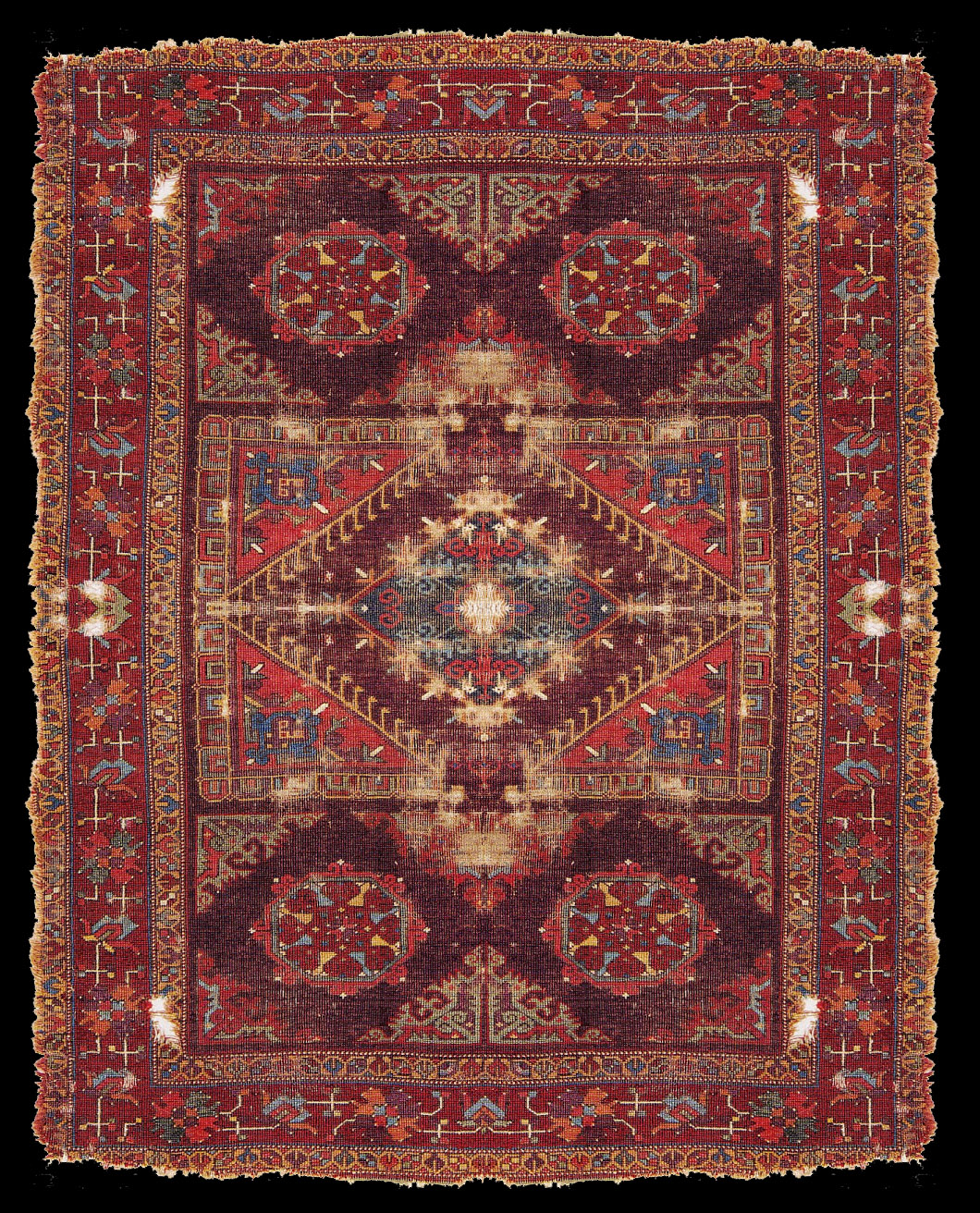
Early Central Anatolian Carpet ,17th century

Early Karapınar carpet, Cenrtal Anatolia, 17th century
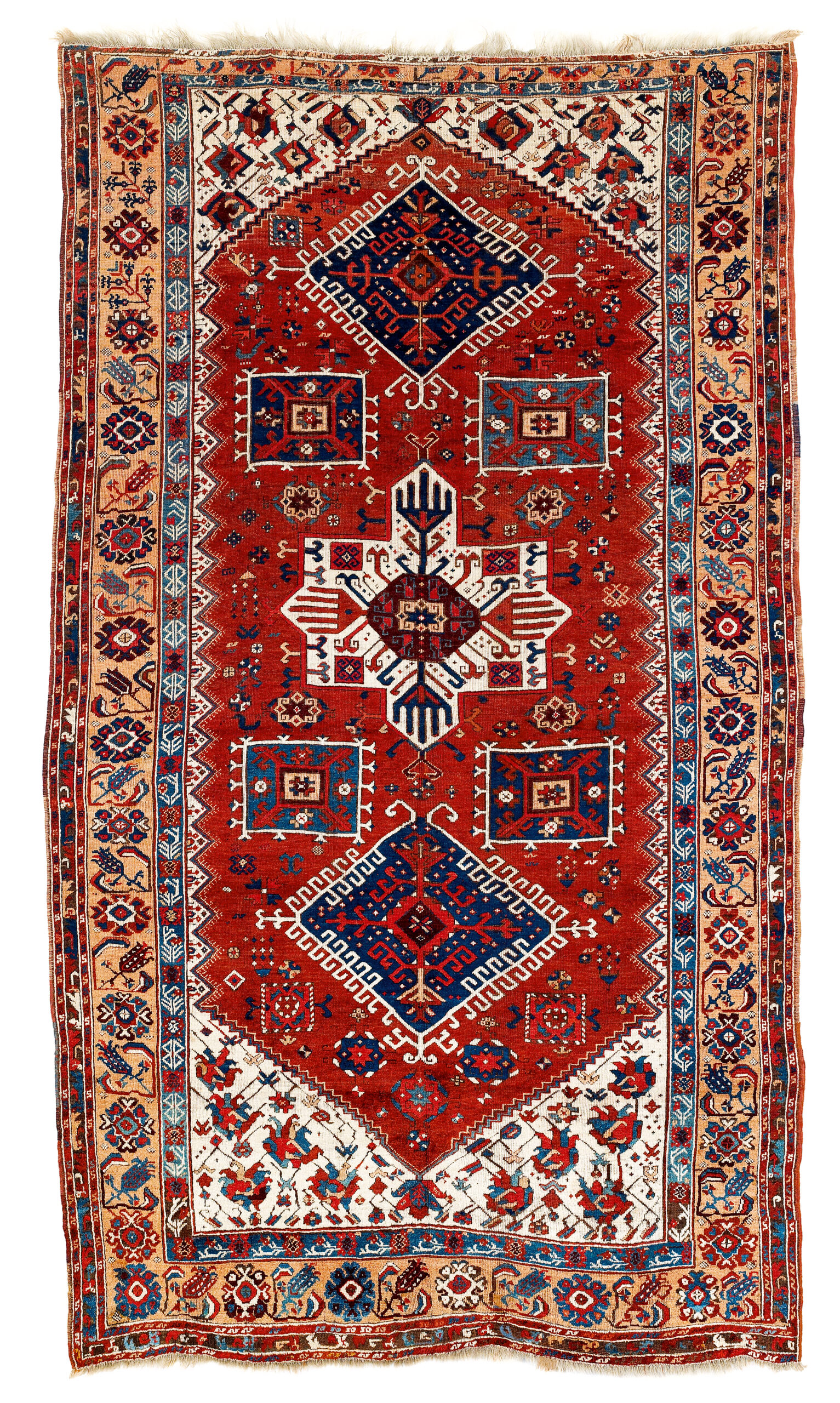
Antique 18th Century Karaman workshop carpet, Central Anatolia
Antique Karacadağ carpet, Konya area, Central Anatolia, 19th century Turkish pile carpet fragment from Konya area, 17th Century, Cental Turkey, Turkish and Islamic Arts Museum
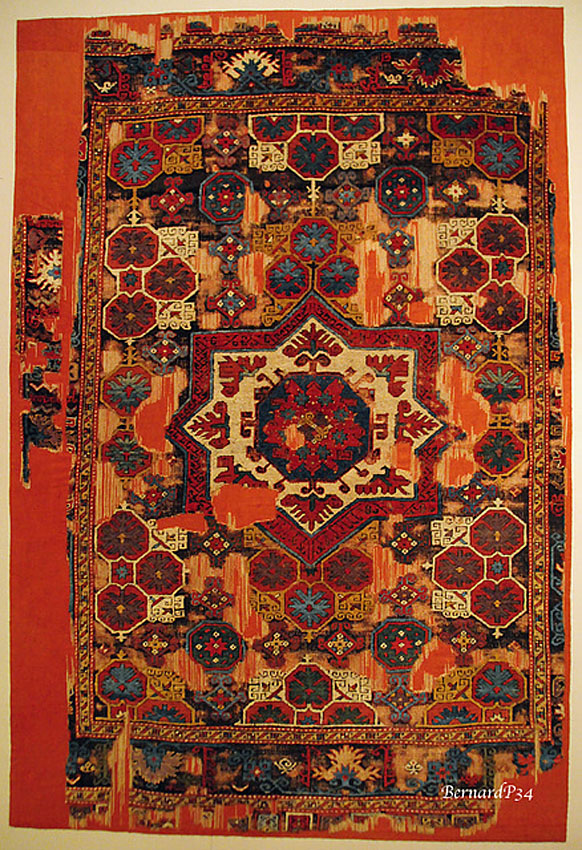
These well balanced and high-quality cottage rugs have been much praised by the western audience and have been used as luxurious exportation products by Ottomans. They have been also entered into the paintings of the Renaissance and the following art periods’ painters.
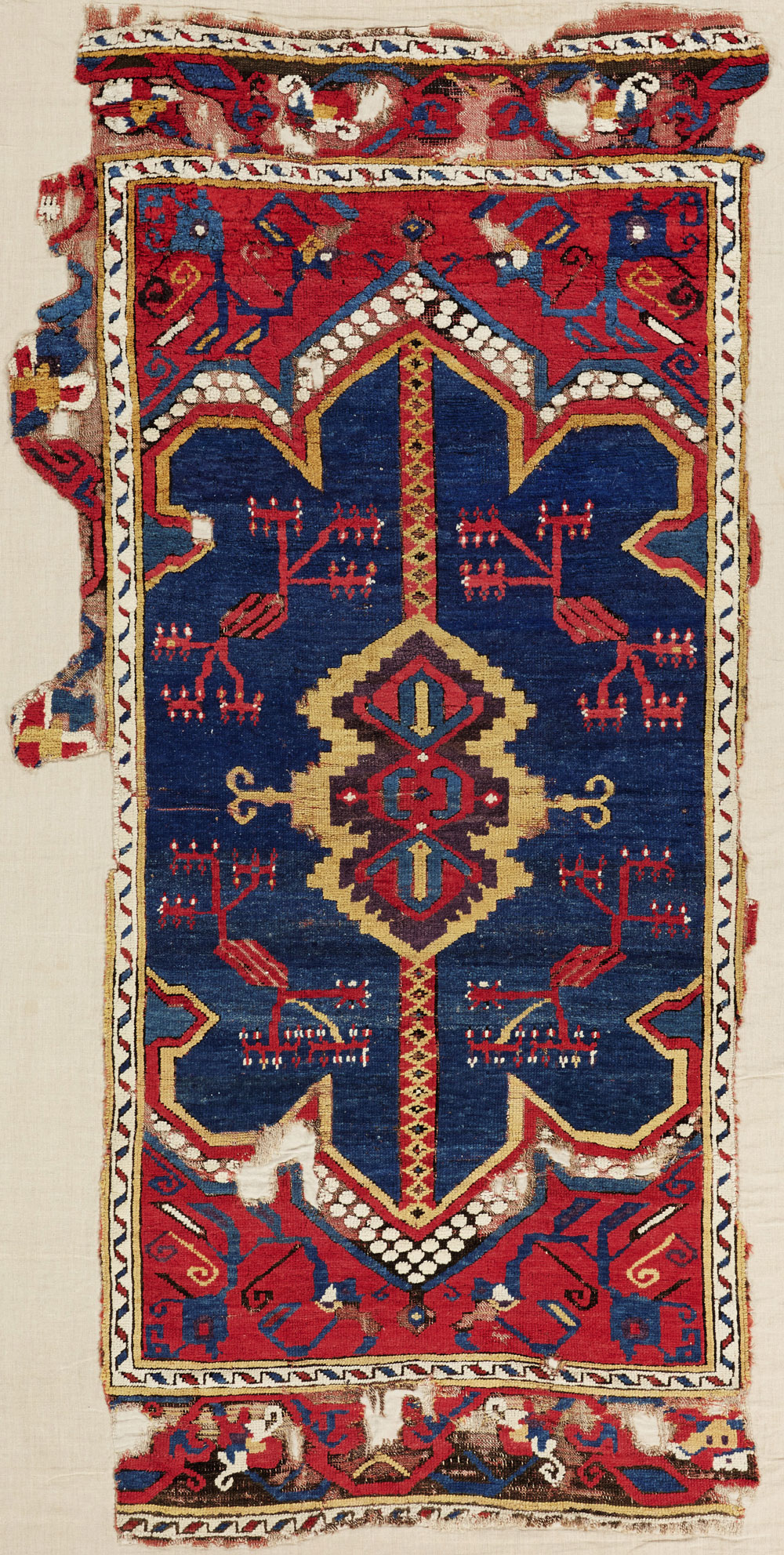
16th-17th century Central Anatolian carpet
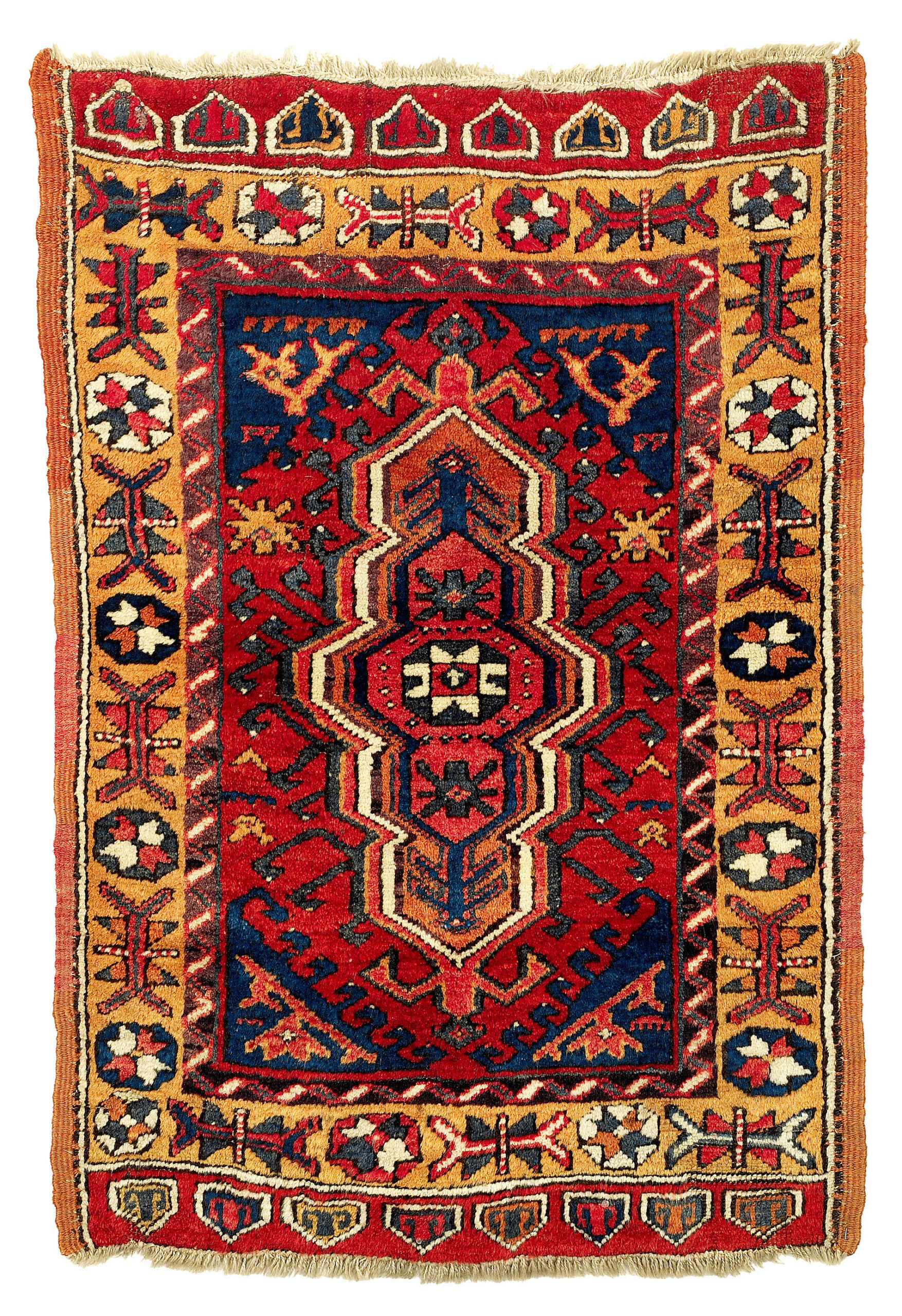
Konya yastik, Centeal Turkey, 19th century

17-18th Century Konya workshop carpet, Central Anatolia

